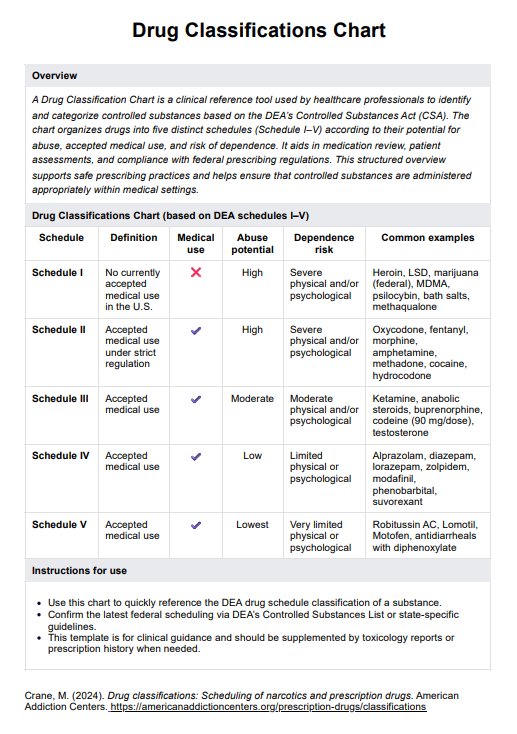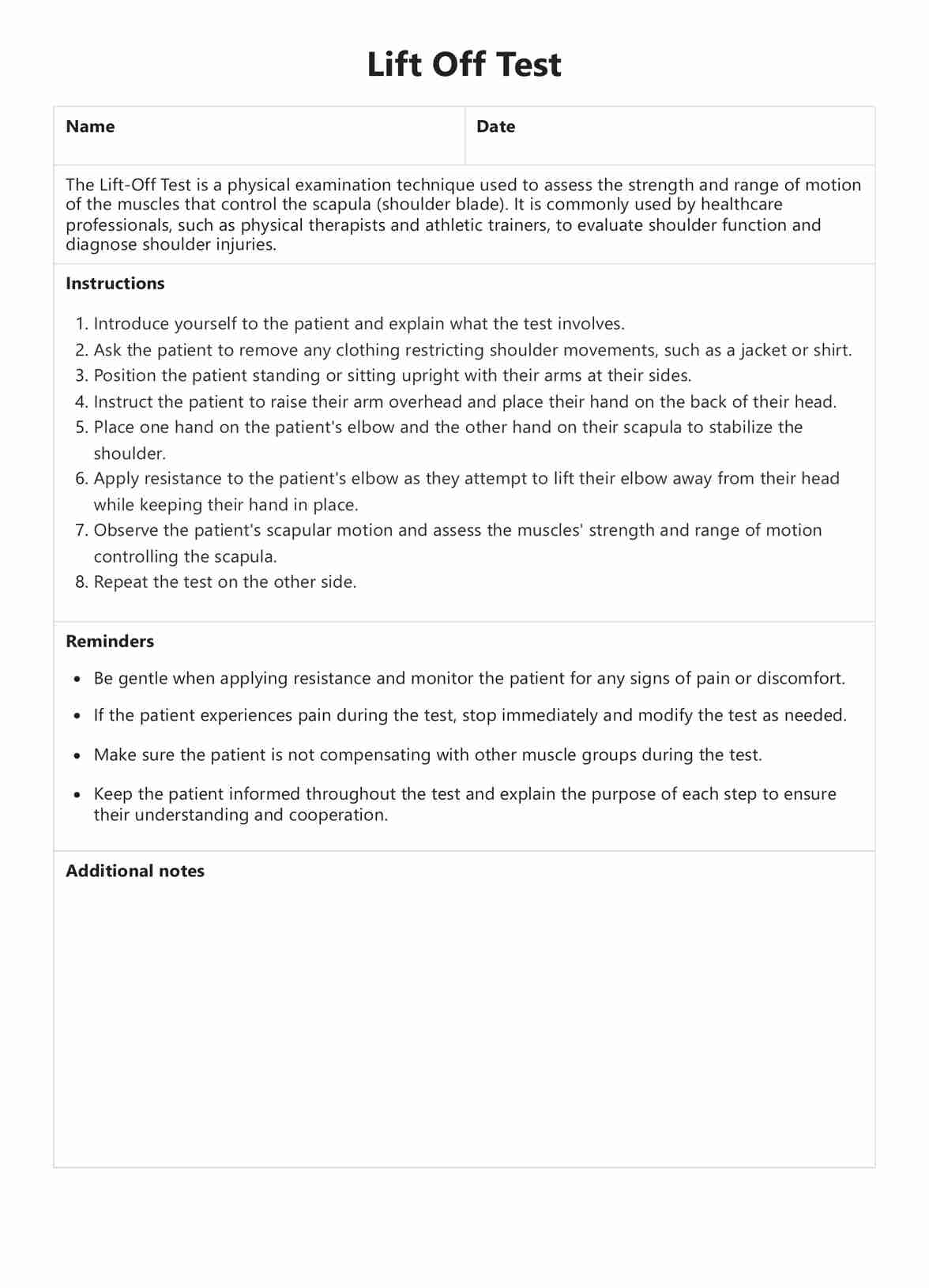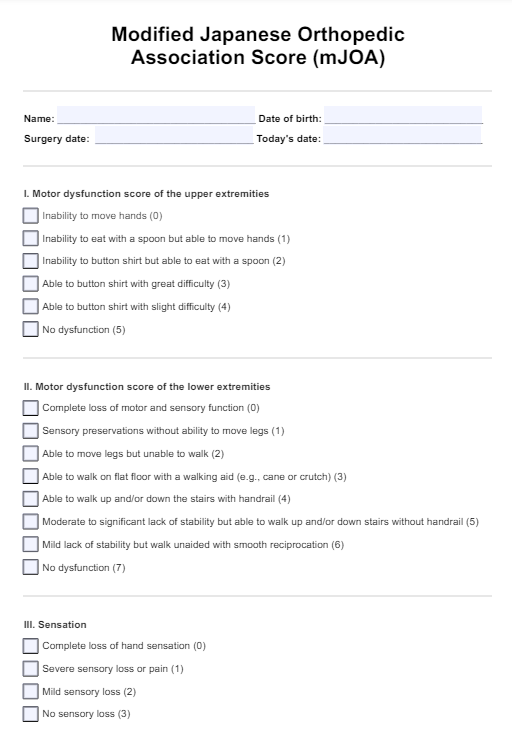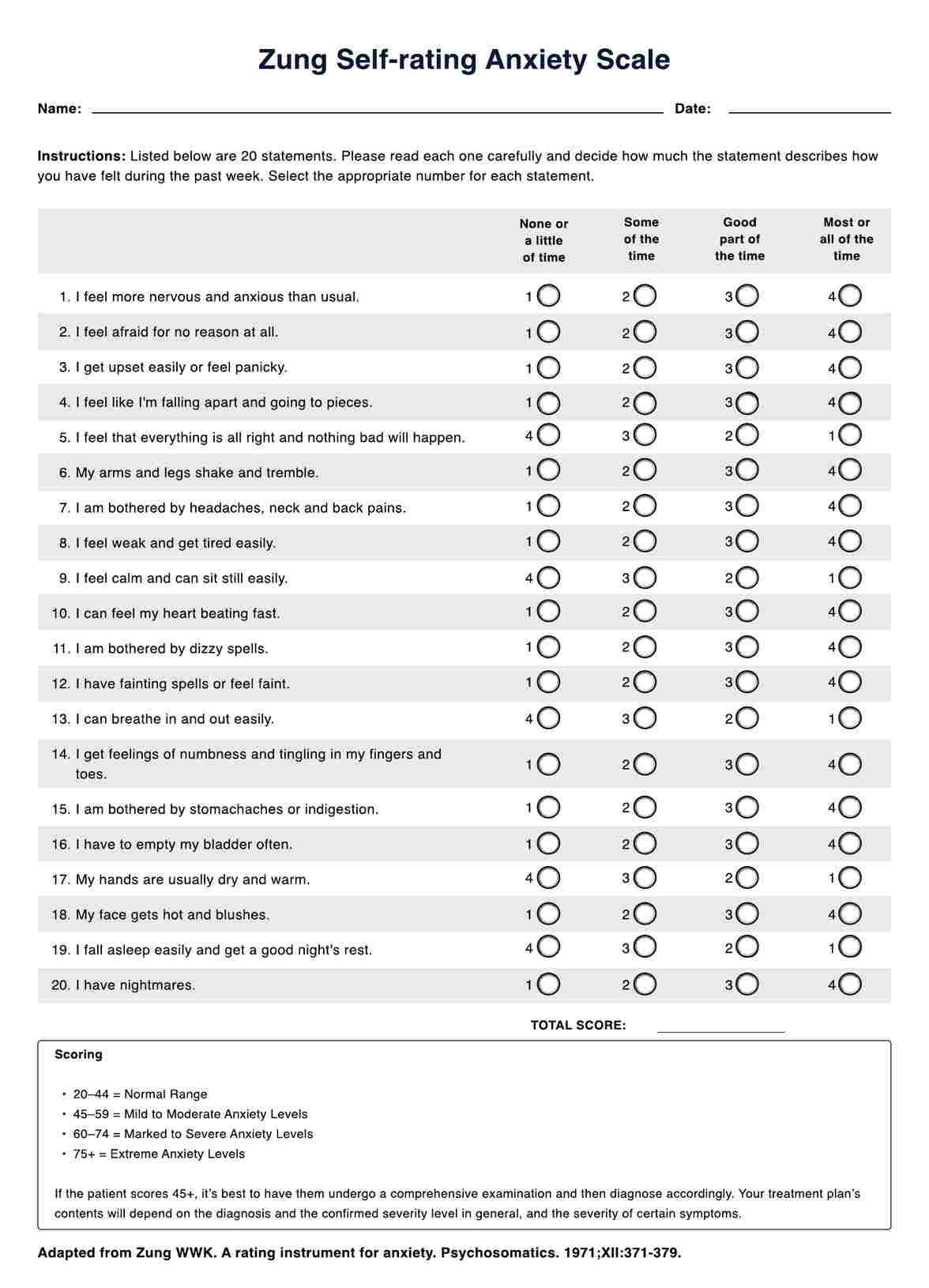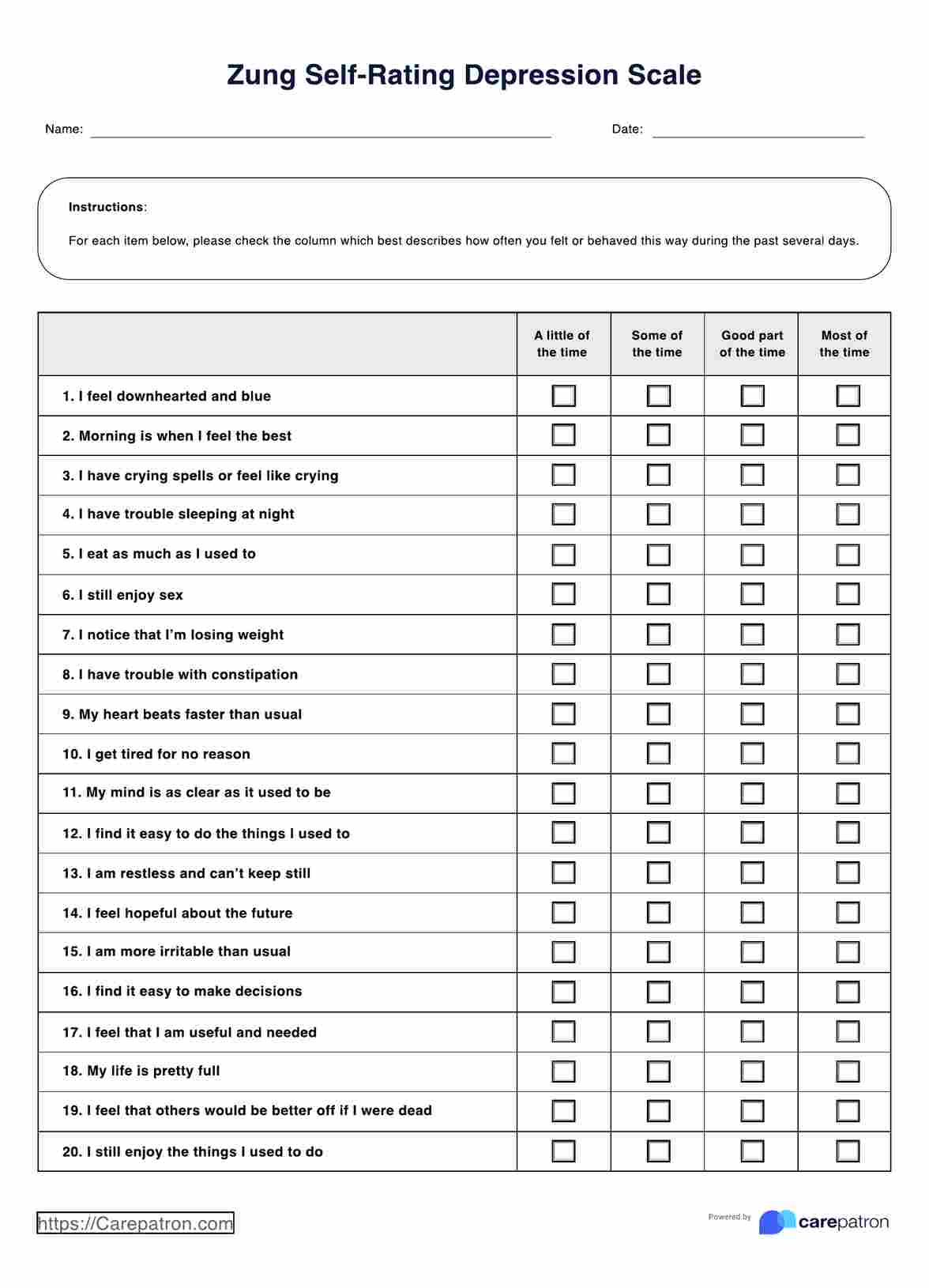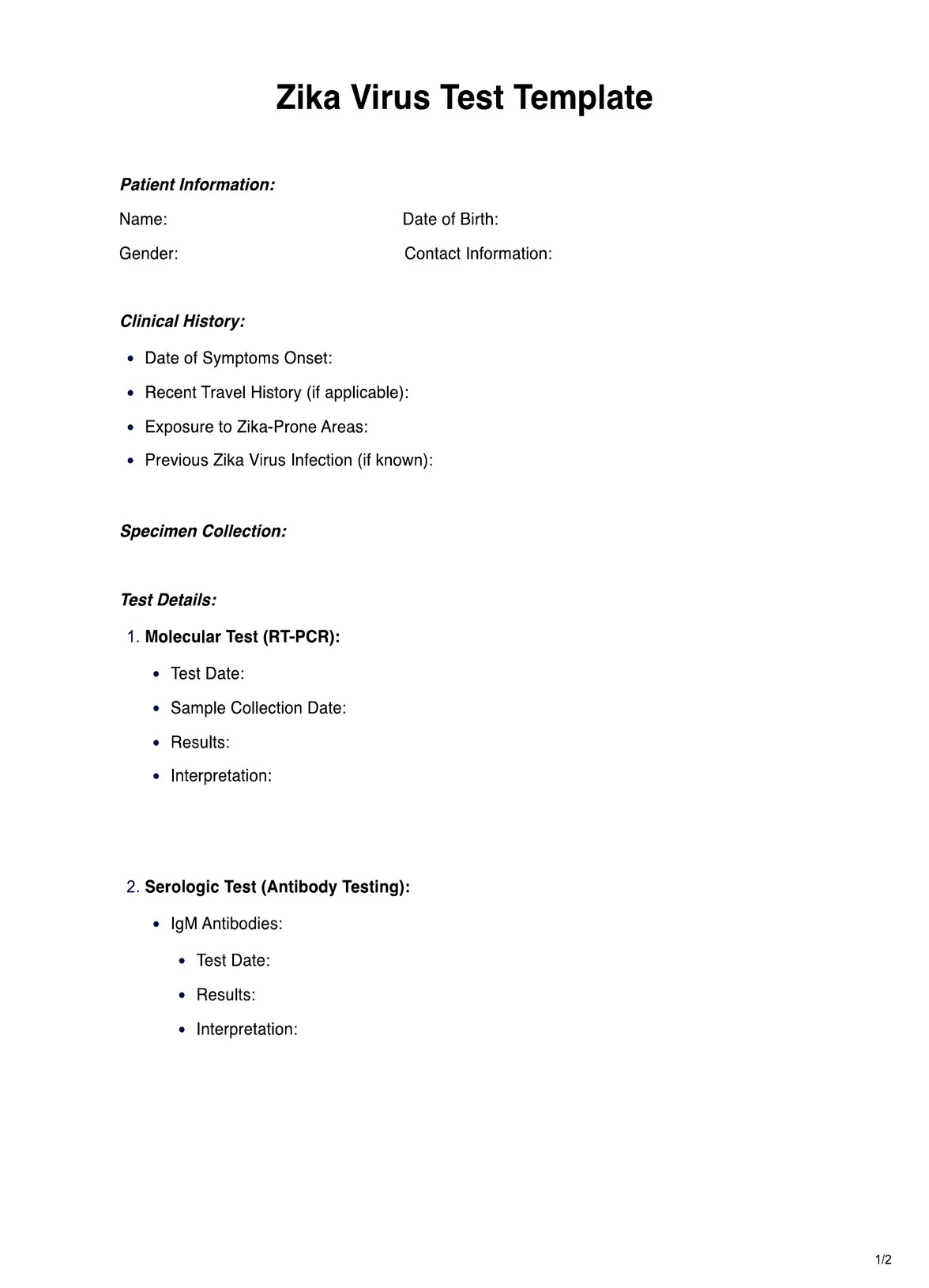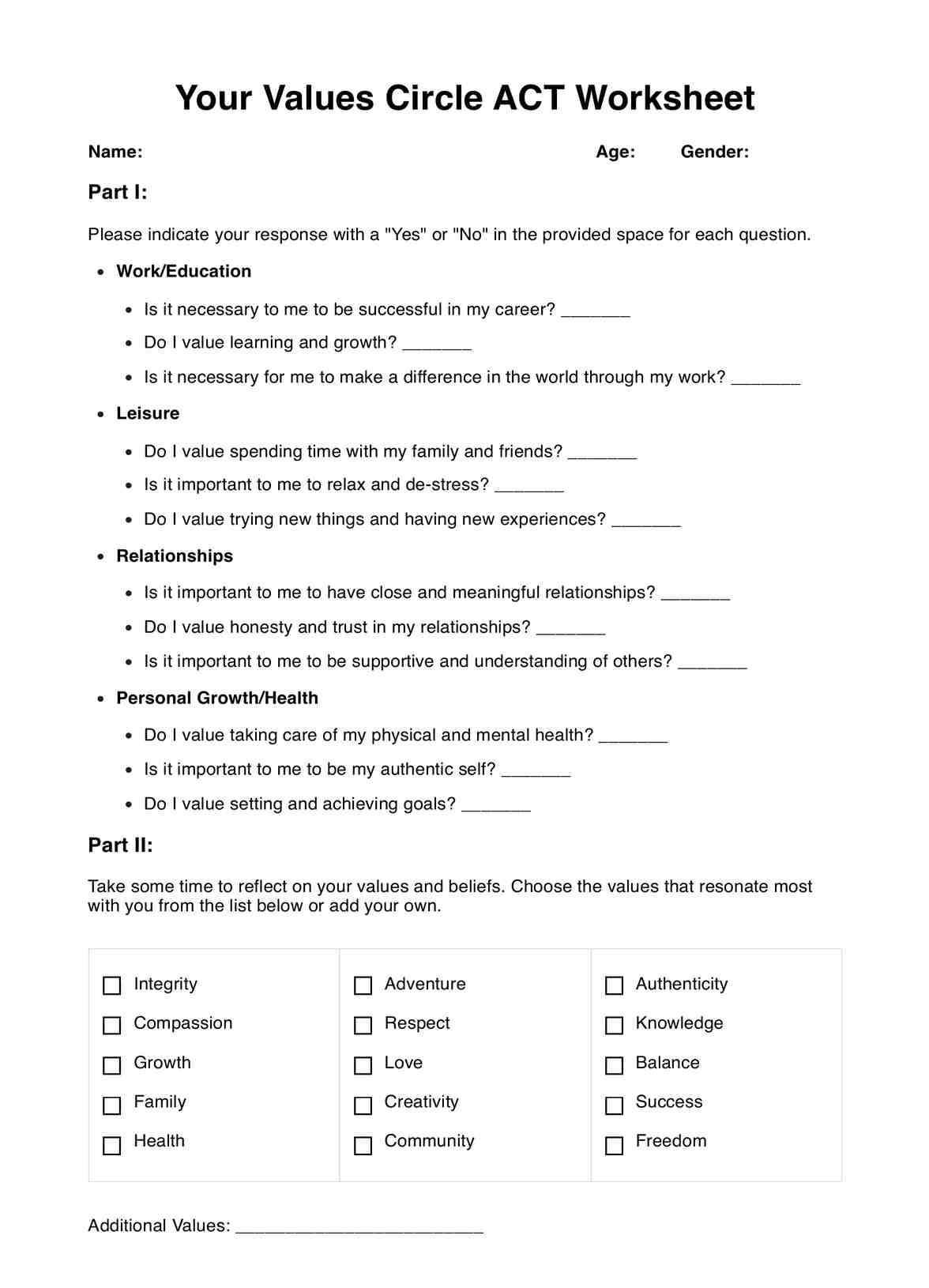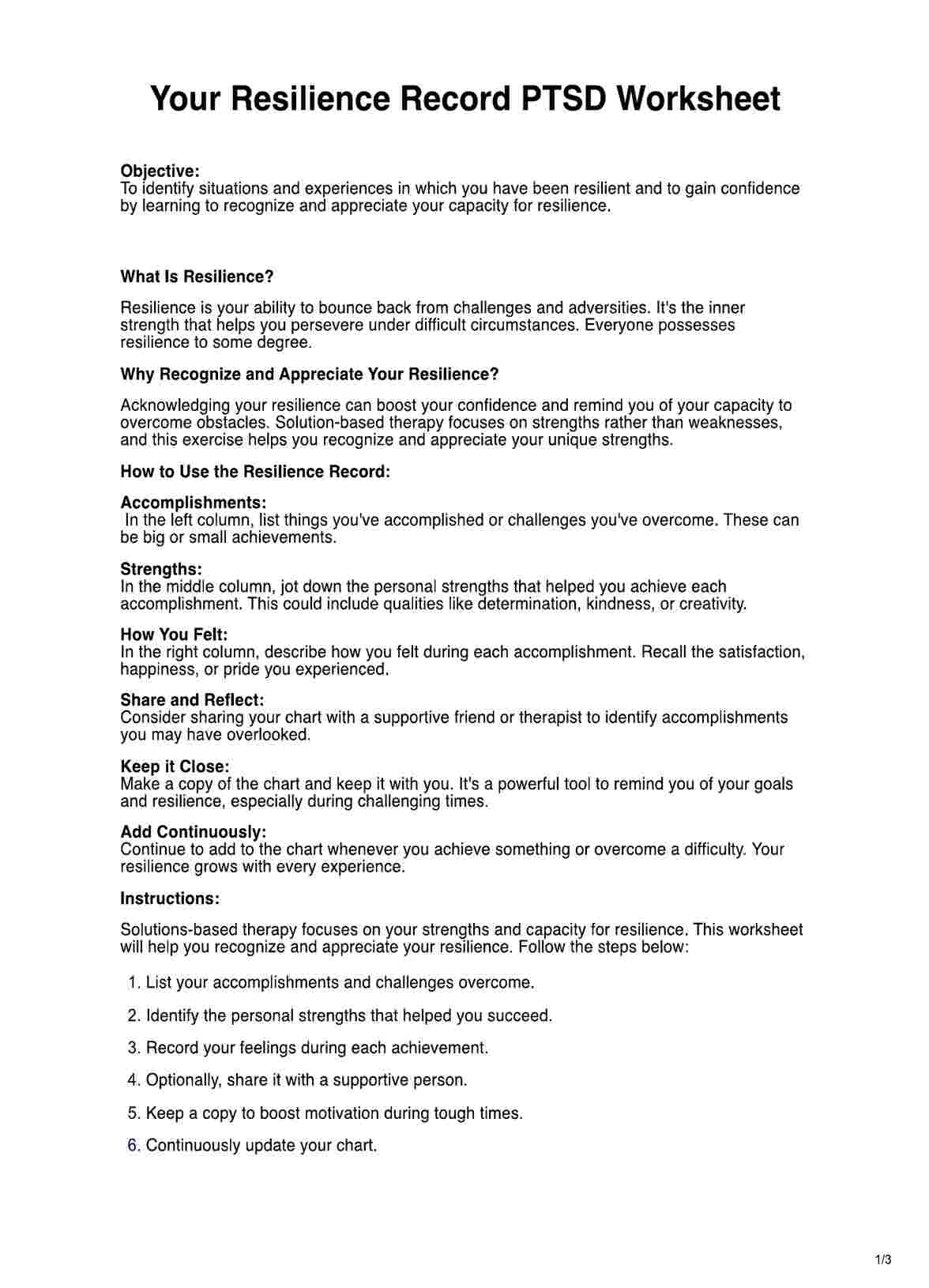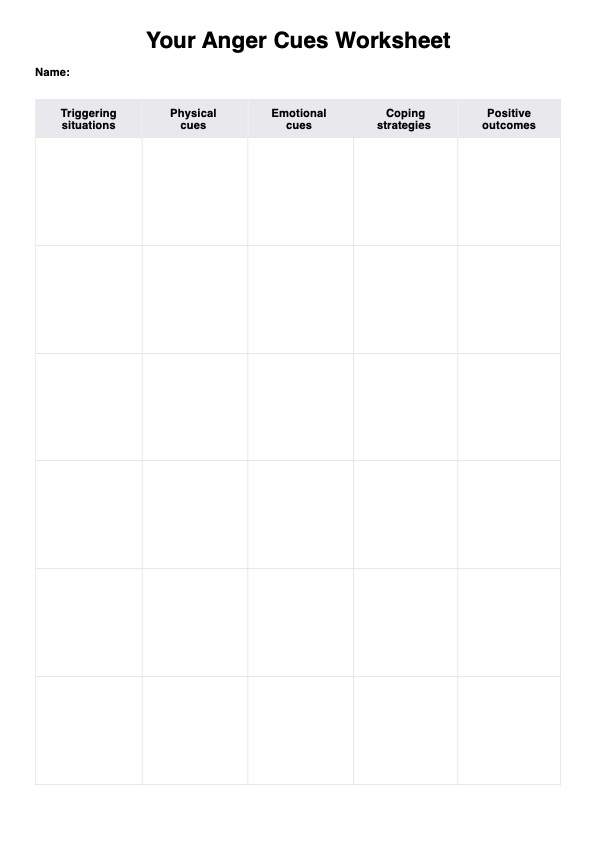To track progress, regularly update the form with details on weight, reps, and any changes in performance. Note improvements in areas like joint movement, endurance, and muscle strength. This data helps create tailored adjustments, ensuring the program is aligned with the patient's fitness or rehabilitation goals.
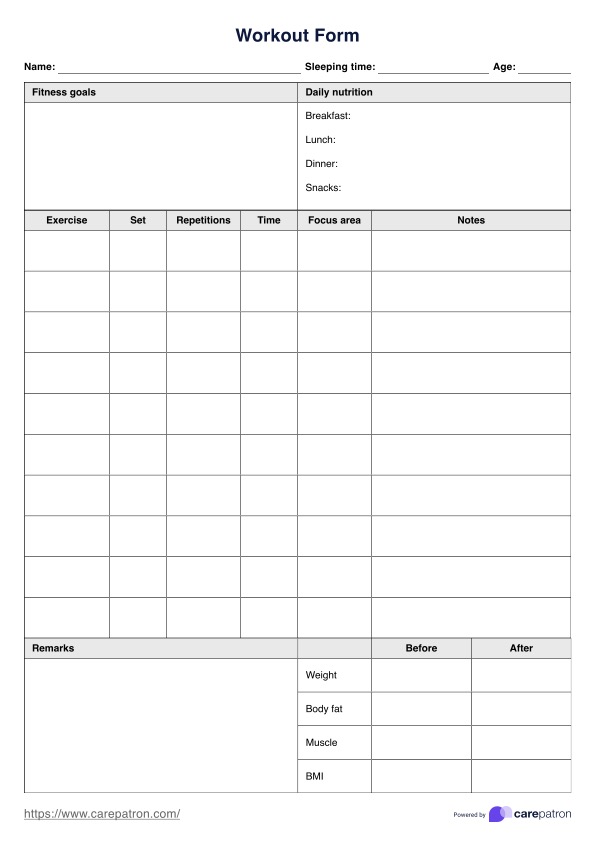
Workout Form
Download the free Workout Form template to help track clients' progress in weight training, resistance exercises, and more.
Workout Form Template
Commonly asked questions
Yes, the form can be customized for patients with chronic conditions or injuries. For example, healthcare providers can focus on exercises that target specific areas like hips or chest mobility. Properly tracking breath, range of motion, and performance will help ensure safety while addressing individual needs.
Patient safety is key. Ensure exercises are performed correctly, paying attention to breath and any signs of discomfort in areas like the lungs or joints. Regularly assess progress and adjust the intensity as needed. Monitoring these factors creates a safer environment, especially for patients recovering from injury or those engaged in sports.
EHR and practice management software
Get started for free
*No credit card required
Free
$0/usd
Unlimited clients
Telehealth
1GB of storage
Client portal text
Automated billing and online payments


